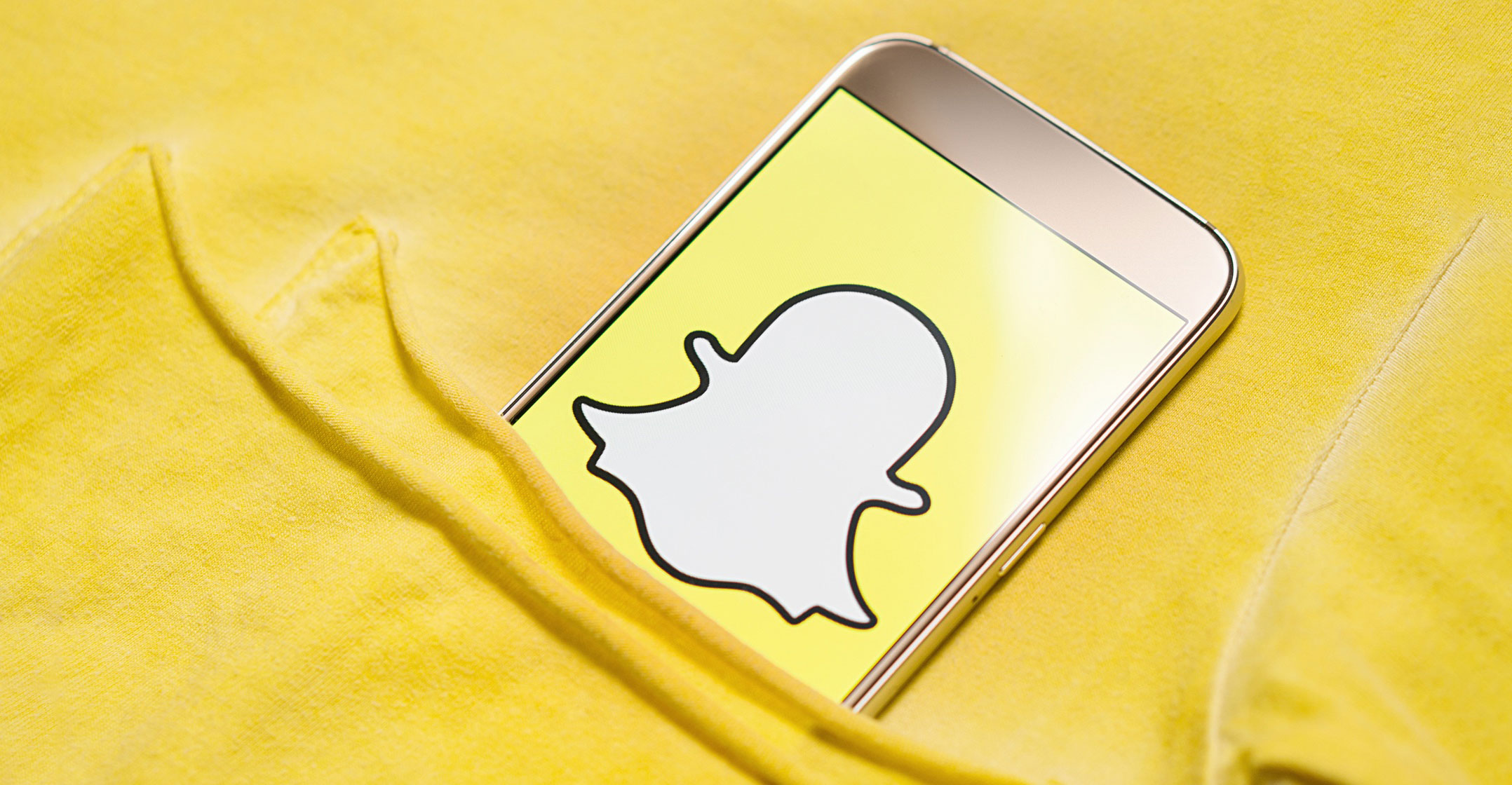
Slow clap for Snapchat, which managed not to fall on its face during a quarterly earnings report for the first time in its history.
Parent company Snap reported this week that its advertising revenue increased more than Wall Street expected. And although the number of people using Snapchat’s app isn’t growing by leaps and bounds, the rate of increase has been holding steady.
That’s good news, even if expectations are so low that as long as Snapchat didn’t catch on fire people would congratulate it for its good fortune. Snap’s shares were up about 39% in early trading on Wednesday, to $19.60, the first time since July that the intraday stock price rose above the US$17 at which the company first sold shares to public investors last March.
This stock reaction is helped by diminished expectations. In the months after Snap’s IPO, Wall Street expected Snapchat to pull down more than $2bn in revenue in 2018. Those expectations are inching up after Tuesday’s earnings report, but remain at about $1.3bn, according to data compiled by Bloomberg.
But there’s a piece of legitimately good news for Snapchat: revenue is finally large enough to cover the company’s basic costs.
No, that doesn’t seem like a cause for celebration. But it is for Snapchat. When the company first filed its IPO paperwork last year, Snapchat had the dubious distinction of being a richly valued Internet company with barely positive gross margins. That is, the company’s costs directly related to its product nearly exceeded its revenue. For an Internet company, negative or slim gross margins are highly unusual. Then again Snapchat is a highly unusual company.
The biggest reason for those weak gross margins was Snapchat’s relatively novel decision to outsource the computer power it needs to run its app. By the time most Internet companies reach Snapchat’s size, they tend to have built their own computer networks to make sure they can beam digital messages, photos or videos to their users’ smartphones and computers.
Snapchat decided instead to rent those services from Google’s and Amazon’s cloud computing operations. In the long run, it might be wise for Snapchat to focus on what it does best and outsource the messy and expensive chores of flinging digital pixels around the world.
Computer costs
For now, though, those computer costs are about 70% of Snapchat’s basic expense to operate its app, and they’re a big reason why it remains wildly unprofitable. The fourth quarter net loss of $350m was larger than Snapchat’s revenue of $286m, and operating cash flow was negative $735m for the full year. (The preceding figures are not typos.)
But the company may finally be starting to turn a corner on those gross margins. For each dollar in revenue, Snapchat’s costs for computer horsepower, ad sales shared with media partners and other basic costs were $0.67. That gross margin — or the remaining share of revenue after basic costs — was a record high 33% for the quarter. It should be said that a 33% gross margin is sad by Internet company standards. Facebook, for example, had an 88% gross margin in its fourth quarter, and Twitter’s was 64% in the third quarter.
After all, the beauty of software companies is that once they make a product, it’s cheap to produce additional copies used by millions or billions of people. That’s less true for Snapchat because its costs to rent computing power are relatively static regardless of the number of users. The company’s computing costs hover at roughly $0.70/user, excluding some costs for stock compensation, amortisation and other items.
Those computer costs mean no matter how big Snapchat gets, those per-user expenses will be relatively fixed. And that puts pressure on Snapchat to boost revenue fast enough to more than make up for what the company spends to operate its app. The good news is that if Snapchat turns into a Facebook-like genius at generating advertising sales, it could eventually become a profit machine. But if it’s not so adept at revenue generation, profits will remain elusive.
That’s all to say that Snapchat remains the same mix of promise and fear that it was when the company first went public. Its relatively unique business decisions put pressure on the company to keep advertising sales churning. In the final months of 2017, Snapchat delivered. Now the company just has to repeat that performance for years to come to fulfil its potential. — Reported by Shira Ovide, (c) 2018 Bloomberg LP

